 Like the rest of West Africa, batik in Mali is created in conjunction with tie-dye. The strict family connections don’t seem to exist here however and I was surprised by the huge groups of unrelated men and boys working together on various forms of patterning fabric, including sewing, tying, binding and stamping. Anyone is welcome to join them to learn the craft and I saw many young boys taking advantage of the free education.
Like the rest of West Africa, batik in Mali is created in conjunction with tie-dye. The strict family connections don’t seem to exist here however and I was surprised by the huge groups of unrelated men and boys working together on various forms of patterning fabric, including sewing, tying, binding and stamping. Anyone is welcome to join them to learn the craft and I saw many young boys taking advantage of the free education.  Unlike Senegal or Gambia where both men and women can work from start to finish (although it is almost always men); in Mali, all of the designing work is restricted to men while the dying is reserved for the women. This is such a contrast to Indonesia where the opposite it true!
Unlike Senegal or Gambia where both men and women can work from start to finish (although it is almost always men); in Mali, all of the designing work is restricted to men while the dying is reserved for the women. This is such a contrast to Indonesia where the opposite it true!  Instead of helping with the men who are behind, these women are sitting around waiting for the men to finish sewing and stamping in order to do their part of the work.
Instead of helping with the men who are behind, these women are sitting around waiting for the men to finish sewing and stamping in order to do their part of the work. 
The finished cloth is then sent to be softened and pressed by these men who
spend the entire day lifting these enormously heavy mallets.

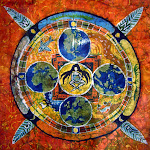


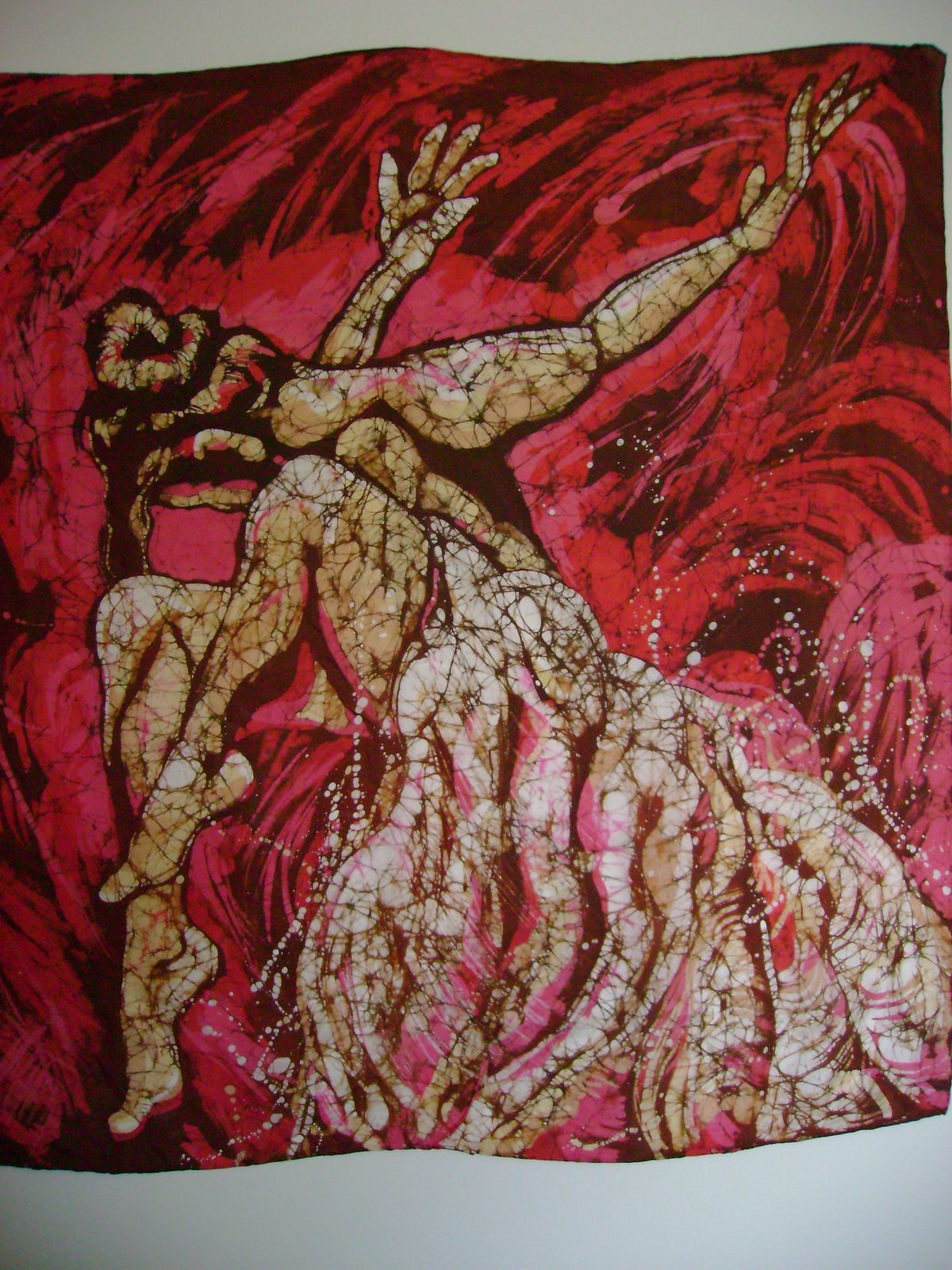

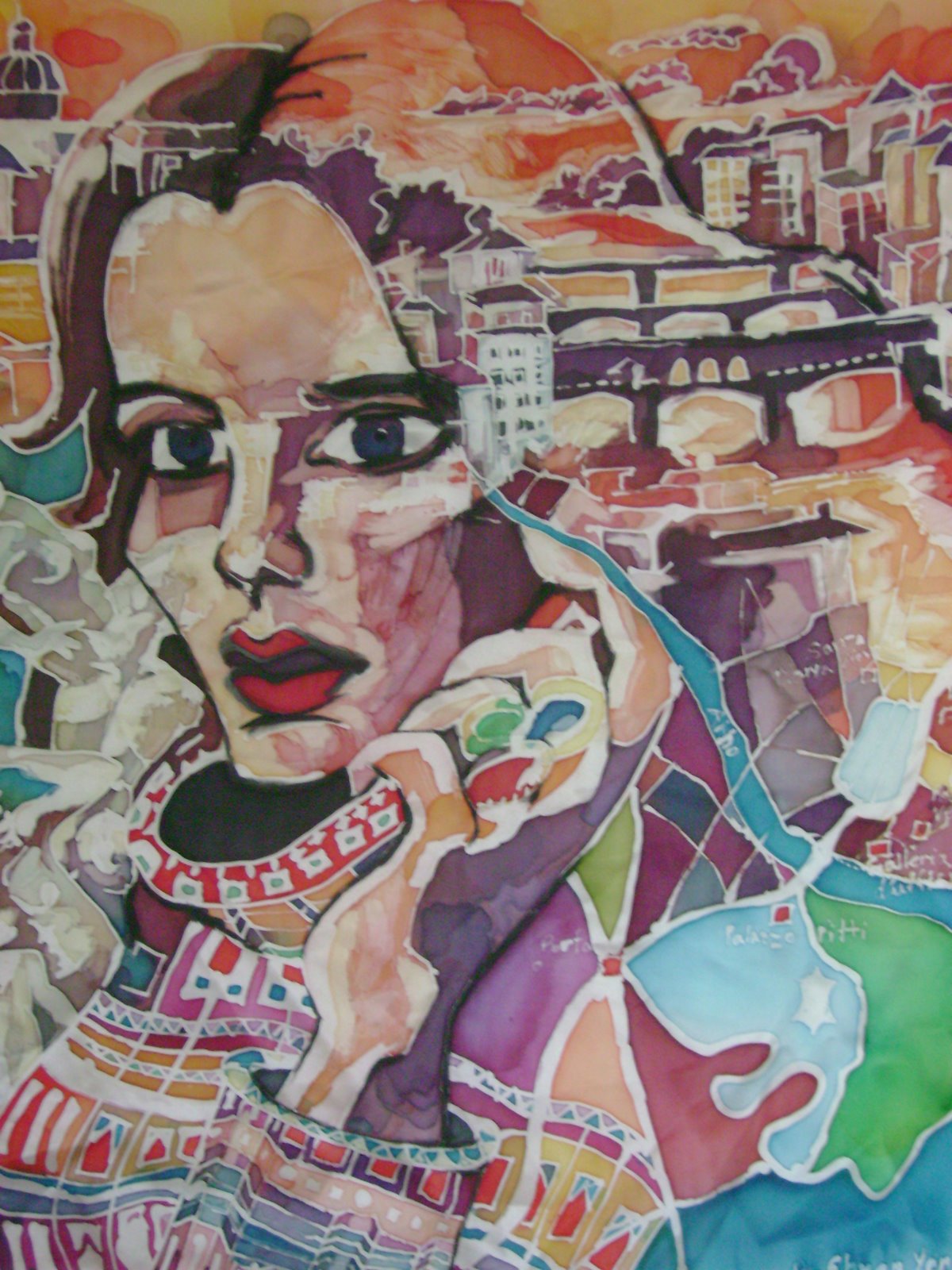
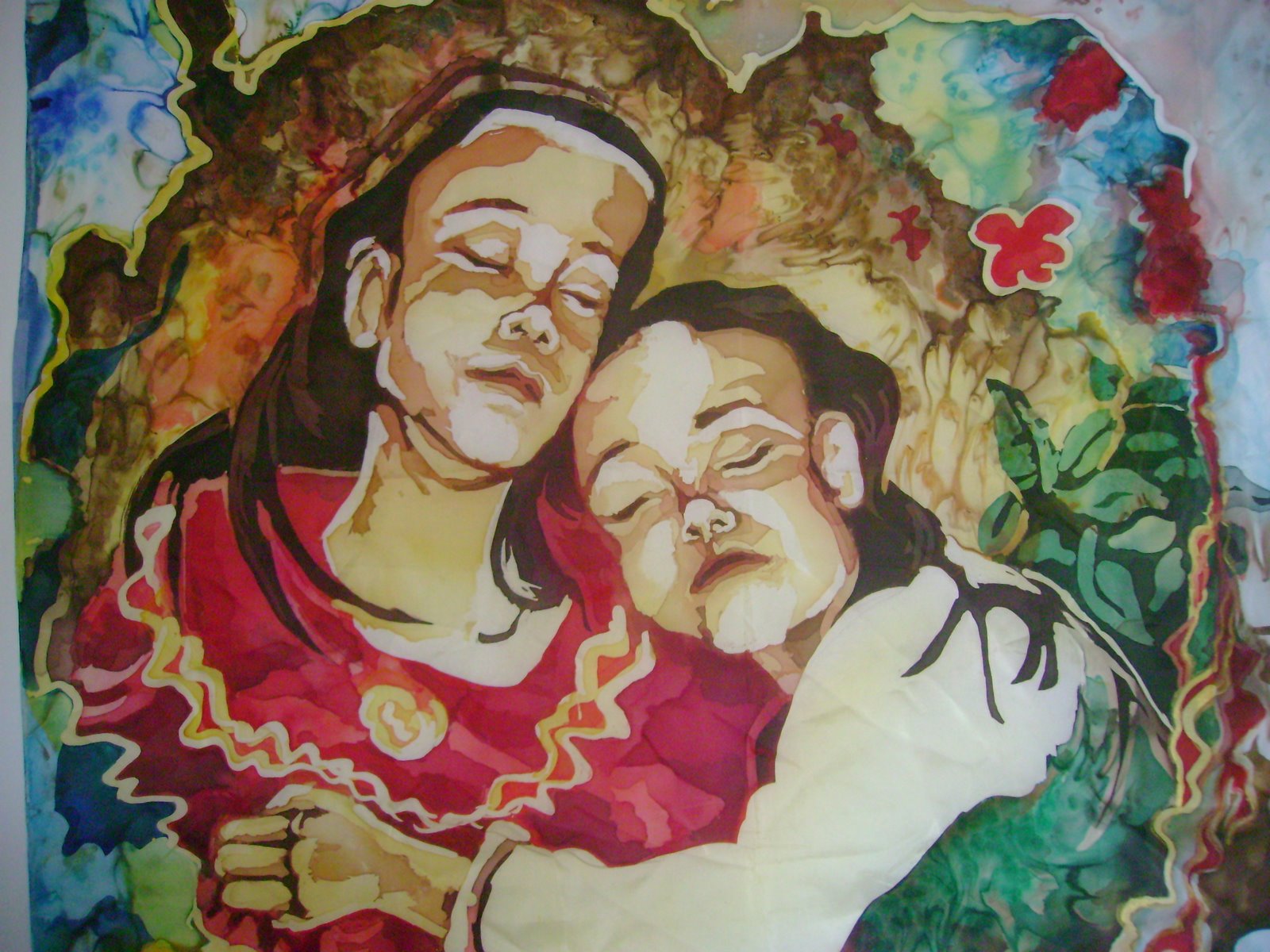

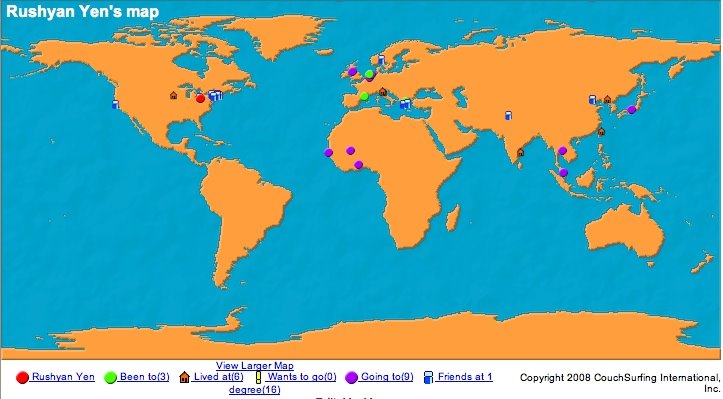
No comments:
Post a Comment